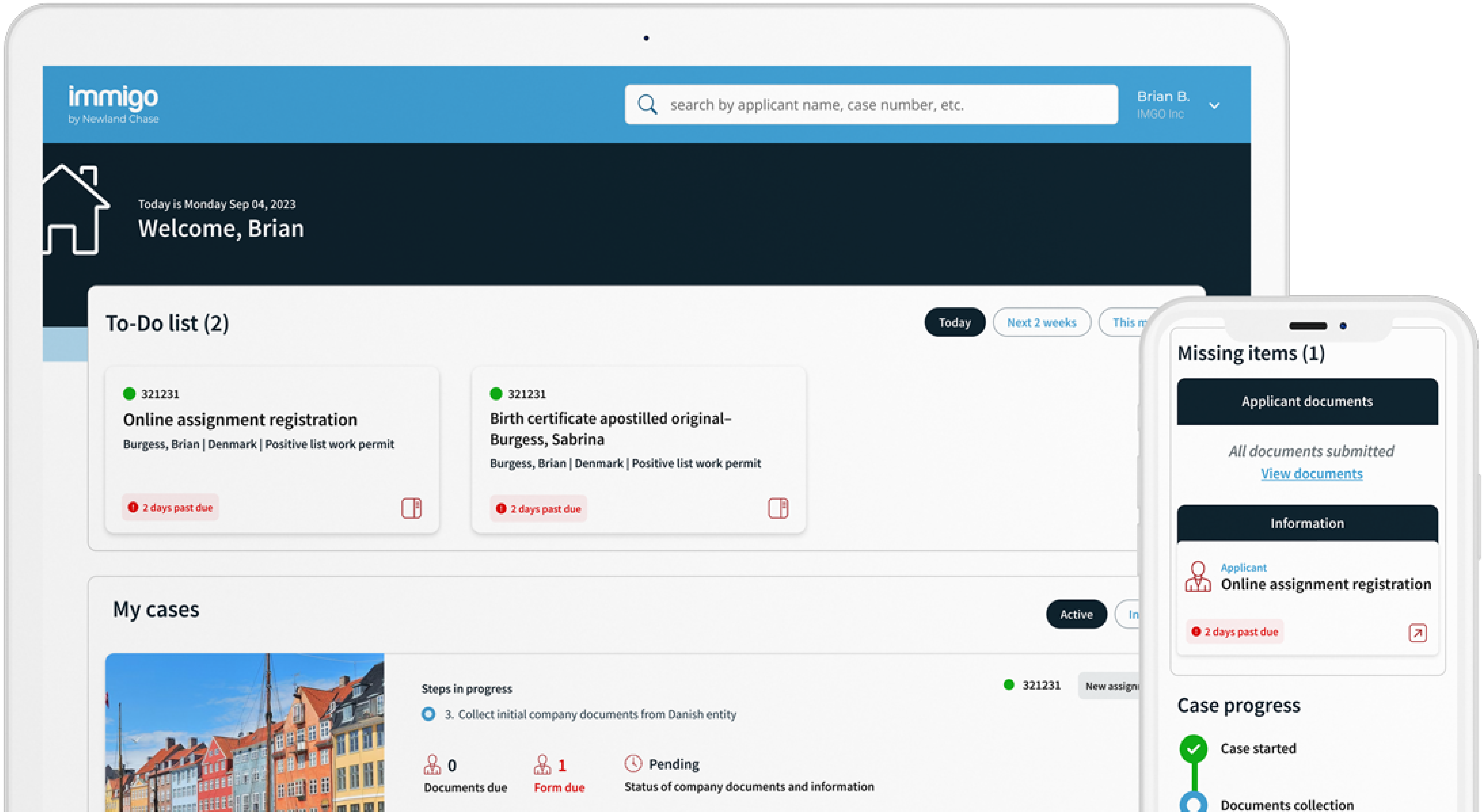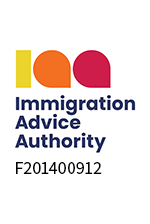Get The Visibility Your Company Needs
Reduce compliance risks and mobility costs while managing individual and project-related travel with ImmiSMART: the solution that unifies your travel and mobility programs.
European Commission Roadmap to Return to Freedom of Movement in the EU
May 18, 2020
On 13 May 2020 the European Commission published its guidelines and recommendations on how to safely resume travel and reboot Europe’s tourism in 2020 and beyond. You may view the guidelines here: https://ec.europa.eu/commission/presscorner/d etail/en/ip_20_854.
The publication reflects an EU common approach to restoring free movement and lifting restrictions of internal borders. The EU strategy is for Schengen countries to lift their internal borders before any steps can be taken to open the Schengen external borders to the rest of the world.
When the coronavirus outbreak hit Europe last March, most Schengen countries reintroduced internal border controls with one another. Shortly afterwards, they agreed to close their external borders to non-essential travel coming from outside the Schengen area or the UK
The joint approach to commence lifting of restrictions at EU internal borders published on 13 May is a staggered approach. The European Commission has advised a gradual lifting of restrictions comprising three separate phases:
Phase 0: This is the current phase during which non-essential travel is restricted except for certain workers, to include seasonal workers, cross border commuters and service providers.
Phase 1: During this phase, internal border controls will be lifted throughout the EU but only between regions, areas or countries with the same or a similar epidemiological situation.
Some Schengen countries have already reached Phase 1. Austria and Germany have already agreed to end controls between their common border and Estonia, Lithuania and Latvia intend to do the same.
During Phase 1, it may be possible for employers to move employees from certain countries or regions within the Schengen countries. However, employers can expect practical challenges in taking such steps. Local and national information on travel will continue to change until pre-COVID-19 freedom of movement has been restored. We recommend that employers consider all current travel restrictions before moving their employees within the Schengen area countries and, in particular:
- whether an employee’s current country of residence and destination host country have reciprocally lifted restrictions;
- if travel is possible between both countries, how should the employee enter the destination country, through which border and whether transport is available; and
- whether there are any mandatory health measures in place such as the requirement for a health certificate or COVID- 19 testing on arrival and quarantine or self-isolation post-arrival.
Phase 2: During Phase 2, all restrictions at internal borders across the Schengen countries will be lifted while keeping any necessary health measures in place.
The European Commission has indicated that it will not invite Schengen countries to reopen the external borders of the Schengen area until after Phase 2.
The European Commission’s publication does not include dates for each phase as the progression from one phase to the next will depend on how the pandemic progresses/regresses. It is also unclear if the current health restrictions being imposed by certain Schengen countries will continue to apply for each phase or indeed, thereafter.
The publication has provided welcome guidance and increased certainty for employers and will enable them to consider and plan intra-EU moves for their current workforce.
This publication was prepared by Raquel Gómez Salas Counsel (Global Immigration) Europe at Newland Chase.
This publication is not intended as a substitute for legal advice. Readers are reminded that immigration laws are subject to change. We are not responsible for any loss arising from reliance on this publication. Please contact Newland Chase should you require any additional clarification or case-specific advice.
We’re here to help.
Schedule a custom 30-minute COVID-19 travel and immigration consultation tailored to your foreign national population and receive actionable guidance on your three highest volume countries, general advice for possible changes in circumstances facing your foreign national population, and insights on what your company can do now to ensure you’re in the best position to move forward when countries re-open to travel.




